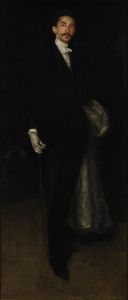5th October 1914
The Dorsets remained in billets for the rest of the day. Supplies began to arrive. Hats and boots, according to Glechen, although socks remained much in demand.
Operationally, things began to change within the battalion. Captain Ransome had been replaced by Lieutenant Pitt the previous day as Adjutant. An Adjutant was responsible for the day-to-day administration of a battalion. It was also announced in routine orders that Lieutenant-Colonel Bols was moving on. He had been appointed as AA and QMG of 6th Division vice Colonel Campbell DSO on the 1st October. That jumble of military acronyms meant Assistant Adjutant and Quartermaster General. Not that that helps us much. Essentially he was to be responsible for the supply, transport, accommodation and personnel management of the 6th Division. It was a very senior role. There was no indication of when he was leaving though.
Meanwhile the Brigade staff occupied themselves with serious matters. A tennis tournament (Gleichen 1 – Cadell 1) followed by a nice hot bath. Talk was rife about their next assignment as Gleichen remembers:
It was gradually borne in on us that we were going to be moved off by train to take part in a different theatre of the fighting altogether; but where we should find ourselves we had not the least idea. What caused us much joy to hear was that we had intercepted a German wireless message, two days after four out of the six Divisions had left the Aisne, to say that it was “all right, all six British Divisions were still on the Aisne!”

